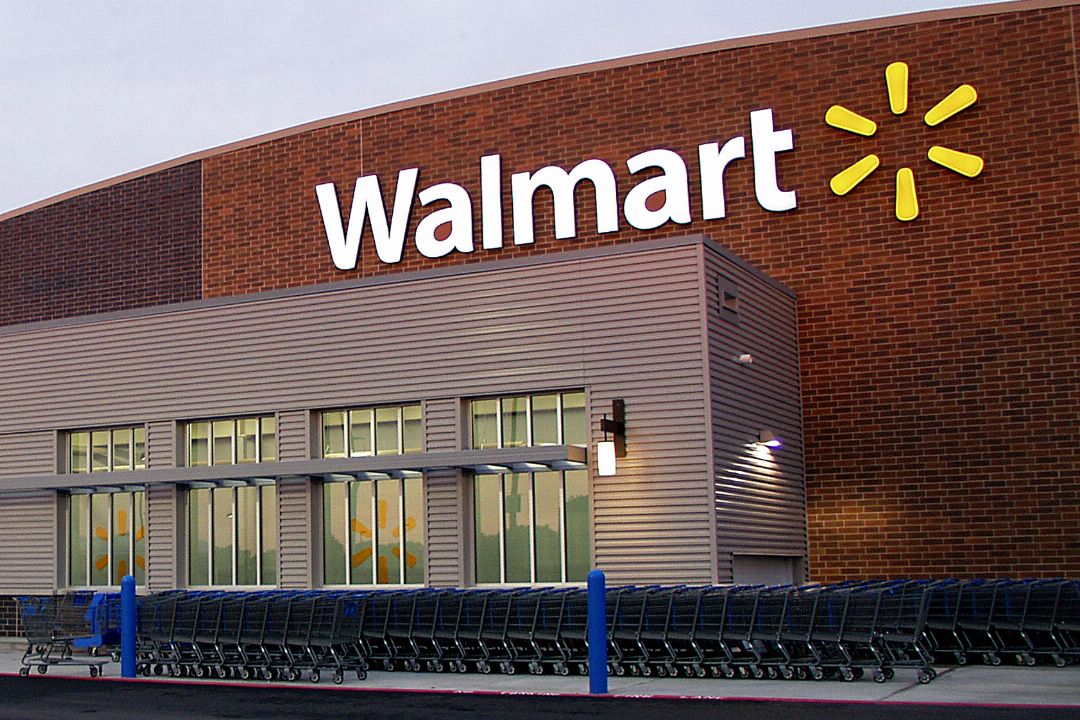Wal Mart organizational culture

The legacy of Wal-Mart founder Sam Walton is a distinct organizational culture (the 'Wal-Mart Way'). In this culture, managers practice a form of servant leadership and every employee is known as an 'associate'. Everyone is on a first name basis.
Associates are empowered to adapt to local circumstances and are encouraged to try out their own ideas. The culture emphasizes experimentation and trial.
Sam Walton's competitive spirit has also been instilled in the associates where there is great motivation to win. Retail at Wal-Mart is about scoring goals, making touchdowns and winning games. The game and team spirit is reflected in the morning cheer: 'Give me a W, Give me an A,...And what does that spell? WAL-MART!.. .And who is number one? THE CUSTOMER'. Successes are shared in real and pragmatic terms with profit sharing, incentive bonuses, retirement savings plans and equity purchase at a discount.
Employees learn about this culture through on-the-job training as well as through a set of self-administered training videos. Walton's 'Guiding Principles' appear in company flyers and his 'Ten Rules of Business' grace the stairwells and hallways of employee areas and office spaces.
Enculturation into the Wal-Mart Way has various consequences. One outcome is that associates experience more a partnership than a hierarchy. The word 'family' is used again and again by Wal-Mart executives in public presentations. Associate cohesiveness exists that is more than the outcome of everyone wearing the same button-decorated, blue smock.
Being competitive, the associates work hard to succeed. They will investigate the local competition to ensure they have lower prices. Adaptation to the particular circumstances of a local market is rapid because empowered front-line associates instinctively act in the unique circumstances of a new situation by turning to Sam Walton's rules of business. They are not unlike early New World missionaries who relied on religious principles to guide them in unfamiliar circumstances.
The culture is also a powerful force that creates a capacity for constant innovation and reinvention. In terms of technology adoption, Wal-Mart was among the first to adopt elements of the new information technology in terms of electronic data interchange (EDI) and other elements of logistics flow and control. The Supercenters introduced in the 1990s were the result of a long process of experimentation and trial that started a decade earlier.
Wal-Mart operating procedures
Wal-Mart is the exemplar of the low cost strategy and it has fine-tuned low margin, high inventory turnover, volume selling. Volume buying in turn enables lower costs of goods. Furthermore, Wal-Mart demands vendors forgo all other amenities and quote the lowest price. In some circumstances, Wal-Mart buyers go to vendor premises to work on cost reduction.
In addition to becoming a supplier to the world's largest retailer, a successful vendor may also become a category manager. As such, the vendor is given the information and latitude to manage the product category for Wal-Mart. Teams replace one-on-one relationships as best exemplified in the creation of the Procter and Gamble/Wal-Mart vendor-retailer 'win-win relationship'.
A total investment of $4 billion resulted in the Retail I ink computer/satellite system. Point-of-purchase information is exchanged with vendor partners in addi-
lion to the maintenance of a 104-week rolling history of every item in the Wal-Mart distribution system. The logistics and information systems permit store focused and store-within-a-store (department) operations quite adaptable to local markets. It enables each store and each department manager to know exactly their own sales, margins and profits absolutely and relatively to other stores and departments. Portable scan guns used in the store are reloaded each day to enable an associate to know the status of any product in that store. Each department effectively becomes an individual shop proprietor with all the attendant feelings of ownership.
Wal-Mart executives are not reliant only on computer-generated information. Each week, they fly out to the stores across the nation to gain tacit knowledge about local markets and circumstances. The traditional Saturday morning meeting back at Bentonville enables that knowledge to be shared with others.
Each store is within a day's drive of a distribution centre that replenishes 85% of all inventories (versus 50-65% for competitors). New concepts such as merchandise assembly, cross-docking and accelerated deliveries are continually being introduced into the distribution system. Buyers must respond to any store inquiry within the day (the 'sundown' rule).
Another key to Wal-Mart's success, according to Sam Walton, 'is to identify the items that can explode into big volume and big profits if you are smart enough to identify them and take the trouble to promote them'. Walton dedicated himself to instilling the 'thrill of merchandising' into his 'associate-partners.' Today, merchandising is practised with the prime goal of maximizing inventory turnover and supporting the everyday low price (EDLP) position. Detailed planograms are prepared and featured items are seasonally correct, key items. Furthermore, item, promotions are single-priced and are featured on tables, checkouts, end caps, sidekicks and 4-way displayers.
Heavy advertising serves not to highlight specific merchandise items but instead the EDLP and friendly service positioning. The primary media vehicle is television supported by once-a-month, non-sale flyers. The objective is to become the McDonalds of retailing and build a global brand recognizable around the world.
Was this article helpful?
Readers' Questions
-
teresa conti10 months ago
- Reply
-
Fiammetta1 year ago
- Reply
-
Laila1 year ago
- Reply
-
Madihah1 year ago
- Reply
-
bruce1 year ago
- Reply